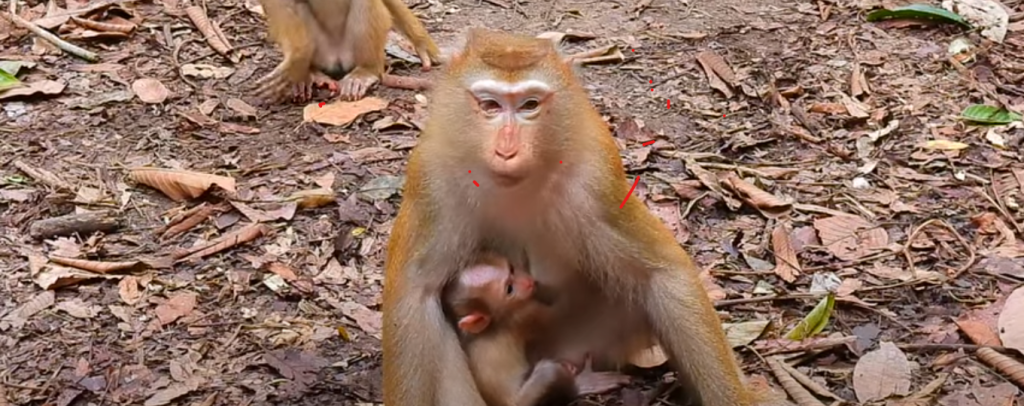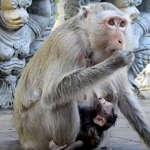Monkeys, apes, and other primates have always fascinated humans with their intelligence, emotions, and striking similarities to us. From the playful antics of baby monkeys to the deep gaze of a wise old ape, primates capture our attention like few other animals.
Primate, Ape, Monkey — What’s the Difference?
Though often used interchangeably, these terms have distinct meanings. “Primate” is the scientific order that includes monkeys, apes, and even humans. “Monkeys” are typically smaller, have tails, and are more agile in trees. “Apes,” such as gorillas, chimpanzees, and orangutans, are larger, lack tails, and show more advanced social behavior and problem-solving skills. Each plays a vital role in understanding evolution and human ancestry.
The Perfect Life of a Baby Monkey
A baby monkey’s life in the wild is filled with curiosity, play, and strong bonds. They cling tightly to their mothers for safety, learning essential skills like climbing, grooming, and foraging. Social interaction is critical — through play, baby monkeys learn to communicate, develop trust, and understand the group’s social structure. Watching a baby monkey grow up is like watching a child take its first steps — innocent, endearing, and a reminder of life’s simple beauty.
You Know Monkey — The Mirror of Us
Monkeys often serve as a mirror, reflecting our own emotions and behaviors. They form deep friendships, experience jealousy, and can even be taught to use tools or sign language. Some cultures revere monkeys as symbols of wisdom, mischief, or spirituality. They challenge us to rethink what it means to be “human” and remind us of our place in the animal kingdom.
In essence, to understand monkeys is to understand ourselves — our instincts, our social bonds, and our evolutionary roots. You know monkey, and perhaps, monkey knows you too.






